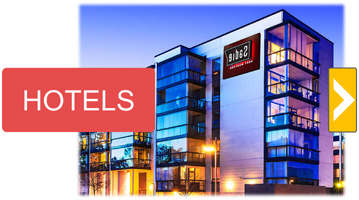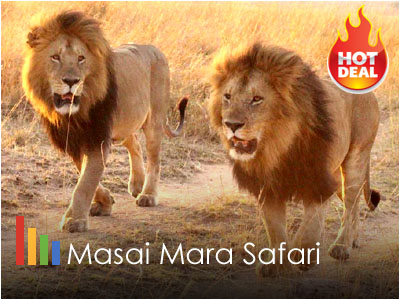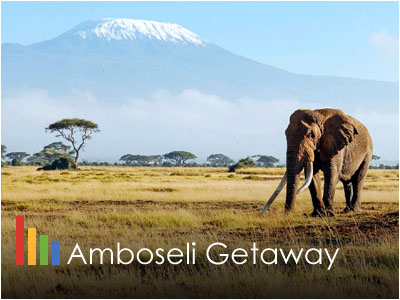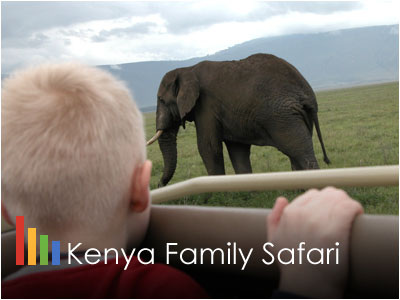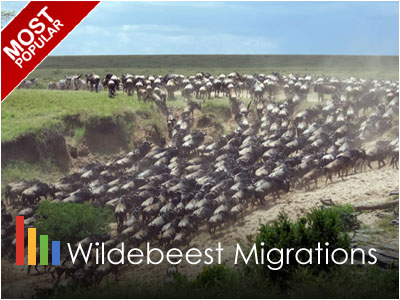Lake Nakuru National Park, Kenya, Africa
Lake Nakuru National Park - Kenya, Africa
Lake Nakuru is among Kenya's finest national parks. Lake Nakuru National Park is home to both black and white rhinos, lions, leopards, hippos and endangered Rothschild's giraffes. Rising water levels in 2014 forced the park's famous flamingos to flee to other nearby lakes and the park is now mainly surrounded by submerged acacia trees. Lake Nakuru was first gazetted as a bird sanctuary in 1960 and upgraded to National Park status in 1968. The surface of the Lake Nakuru occupies about a third of the park. It supports a dense bloom of the blue-green Cyanophyte Spirulina platensis from which it derives its colour and is a food source for flamingos. During peak season over millions of flamingos and Pelicans congregate on the lake...
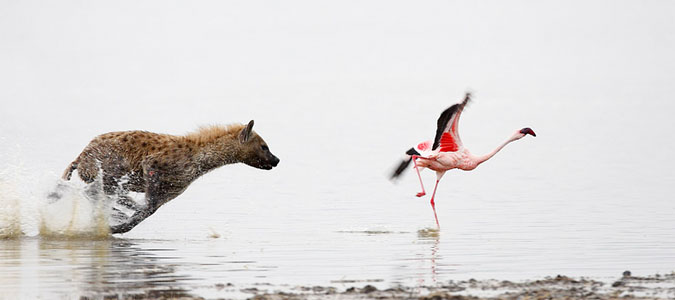
Basic Facts - Lake Nakuru National Park
Lake Nakuru National Park measures about 188 sq kms. It is located Nakuru County, Kenya, East Africa withing the famous Rift Valley, 180kms north-west of Nairobiat an altitude of 1,753-2,073m above sea level. Notable animals include the rare long-eared leaf-nosed bat, colobus, spring hare, clawless otter, rock hyrax, hippo, leopard, waterbuck, impala, Thompson's gazelle, striped hyena, hunting dog, bat-eared fox, wild cat, and golden cat. Rothschild's giraffe have been introduced. The lake is fringed by swamps and the surrounding areas support a dry transitional savannah with dry forest occupying the more elevated areas. Lake Nakuru National Park is one of the few parks established specifically for the protection of birds, flamingo in particular. More than 450 recorded bird species. Visitor Facilities include several luxury and budget safari lodges and campsites.
More About Lake Nakuru National Park
Lake Nakuru is a very shallow strongly alkaline lake 62 km2 in extent. It is set in a picturesque landscape of surrounding woodland and grassland next to Town of Nakuru. The landscape includes areas of marsh and grasslands alternating with rocky cliffs and outcrops, stretches of acacia woodland and rocky hillsides covered with a Euphorbia forest on the eastern perimeter. Lake Nakuru offers one of the world's most spectacular wildlife sights, that of brilliant pink flamingos as far as the eye can see. When conditions are right, between one and two million lesser and greater flamingos feed around the shores of the shallow soda lake, together with tens of thousands of other birds.
The best place to view the birds is from Baboon Cliff, where you can look out over the dazzling fringe of pink around the lake's shores. But flamingos are not the only birdlife found at Lake Nakuru, pelicans and cormorants are also in abundance. In fact, Lake Nakuru boasts over 400 species of birds, some of the greatest variety in the country. The Park itself surrounds the Lake entirely and has recently been expanded to provide a sanctuary for black rhino. This step has required the erection of a large fence around the perimetre of the park to prevent poachers from entering the park..
Nakuru town is roughly 170 kms north-west of Nairobi along the A104. Nakuru is the fourth largest town in Kenya, and can be esily accessed by bus from Nairobi and points in western Kenya. Walking is not permitted in the park and leaving ones vehicle is only permitted at select points (such as by the lakeside or at the baboon cliffs), so a vehicle is absolutely necessary for visiting the park. The most common point of access to the park is via Main Gate located just 4 kms south of Nakuru town centre. From Kenyatta Avenue, go down Moi Road and turn left onto Stadium Road, and continue through the suburbs to the park boundary and main gate.
Travellers approaching Nakuru from Nairobi can opt to enter the park through Lanet Gate on the approach to Nakuru town. The signposts from the A104 to Lanet Gate are not good. Simply turn left at the only sign mentioning Lanet Gate and then turn quickly right onto a dirt road that runs parallel to the A104 for 100 metres or so. This road will take you directly to the Lanet entrance. Nderit Gate, near Lake Nakuru Lodge on the eastern side of the Lake, is also also seldom used though some private vehicles and tour operators enter and exit through this route. Access through Nderit Gate is quickest for visitors arriving from Lake Elmenteita or those coming from Masaai Mara via Mau Narok.. For more information regarding this topic, DO NOT hesitate to Contact Us.
There are two lodges located within the boundary of Lake Nakuru National Park. Lake Nakuru Lodge, located in the south-east of the park, has 136 beds and is a popular stop for tour operators with their hungry visitors. They offer an excellent buffet lunch service. The Sarova Lion Hill Lodge, with 170 beds offers similar excellent service and is located near the eastern 'shore of the lake. New kid on the block is the luxurious Mbweha Tented Camp, a first of its kind in lake Nakuru.
There are five main areas to camp within Lake Nakuru National Park. The Kampi Ya Nyuki Campsite is located in the north-east of the park on a grassy clearing beside a group of acacia trees. This site tends to be used by camping safari tour operators. The Kampi Ya Nyati Campsite is located near the Campi Ya Nyuki site, but is considerably smaller and is also used by camping safari groups. The Backpacker's Campsite, located just inside the main gate, is not at all secluded and is heavily used by backpackers and groups without vehicles. The two Makalia Campsites, located on both sides of the Makalia Falls at the south end of the park is far from the lake, and used the least often by tour groups. There is a good water supply here as well as pit toilet facilities. The Njoro Campsite, located only 1 km from the Main Gate, is easily accessible and popular with safari groups. There are water facilities and toilets here as well.
We would like to inform our potential guests that although once-famous for its huge populations of flamingos, Lake Nakuru is not their breeding ground anymore and numbers have greatly diminished in recent years due to rising water levels changing the alkalinity of the lake which has significantly reduced the algae on which the lesser flamingos feed. For several years now lesser flamingos have been virtually absent from the shores of Lake Nakuru and are unlikely to return until the lake levels fall and algae is present once again. The flamingos still migrate to the other Rift Valley lakes especially to nearby Lake Bogoria National Reserve where they can be seen in huge numbers.
AfriChoice operates a wide range of carefully designed tours and safaris to Lake Nakuru National Park by providing transport and booking a hotel for you. Our safari consultants will always be at your assistance should you need a tailor-made holiday to this unique destination. NB: For more information regarding Lake Nakuru National Park, DO NOT hesitate to Contact Us.
Contact Us for more information:
Kenya Popular Wildlife Safaris
-
Masai Mara Escapade
3 Days / 2 Nights Safari
-
Amboseli Safari Getaway
3 Days / 2 Nights Safari
-
Kenya Highlights Safari
5 Days / 4 Nights Safari
-
Best of Kenya Safari
8 Days / 7 Nights
-
Kenya Family Wildlife Safari
10 Days / 9 Nights Kenya Safari
-
Wildebeest Migration Safari
10 Days / 9 Nights Migrations Safari
-
Kenya Wildlife Photo Safari
11 Days / 10 Nights Photo Safari
-
Kenya Safari & Beach Holiday
Kenya Safari & Beach Holiday



 Paul Kitching - UK
Paul Kitching - UK Karen Howard - CANADA
Karen Howard - CANADA